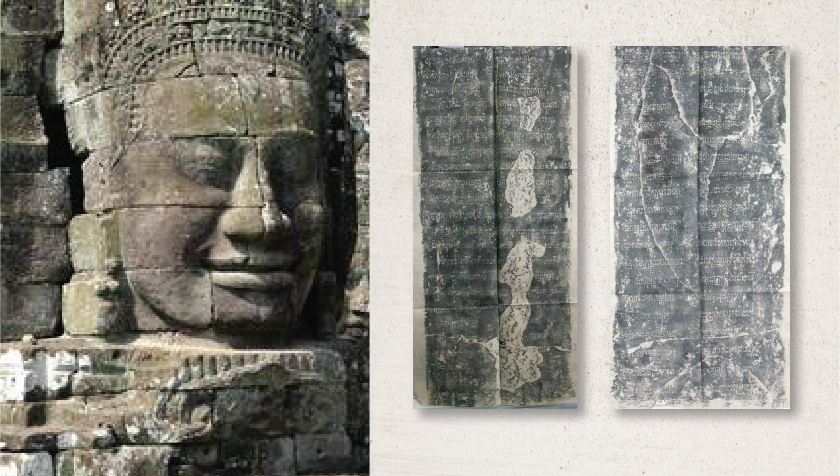
จากต้นแบบธรรมิกราชาของพระเจ้าอโศกมหาราช สู่บทบาทพระเจ้าชัยวรมันที่ 7 พระราชาผู้บรรเทาทุกข์ของทวยราษฎร์ : ภาพสะท้อนจากจารึกประจำอาโรคยศาลา
From King Ashoka, the Great Paragon of Virtue, to King Jayavarman VII’s Dedication: Interpretations of the Inscriptions found on the Aārogyasālā
โดย นิพัทธ์ แย้มเดช / By Nipat Yamdate
Damrong Journal, Vol 14, No.1, 2015
บทคัดย่อ:
บทความนี้มีวัตถุประสงค์เพื่อศึกษาภาพสะท้อนจากข้อความในจารึกประจำอาโรคยศาลารัชสมัย พระเจ้าชัยวรมันที่ 7 ที่พบในประเทศไทยและประเทศลาว แสดงให้เห็นอุดมการณ์สำคัญของพระเจ้าชัยวรมันที่ 7 ในการบรรเทาทุกข์ของทวยราษฎร์จากการรักษาพยาบาลผู้ป่วย โดยสถาปนาอาโรคยศาลาหรือสถานพยาบาลสำหรับประชาชน 102 แห่งทั่วราชอาณาจักรของพระองค์ กล่าวได้ว่าพระราชกรณียกิจของ พระเจ้าชัยวรมันที่ 7 ในการดูแลทุกข์สุขของผู้ป่วย มาจากต้นแบบความเป็นธรรมิกราชาของพระเจ้าอโศกมหาราช พระราชาผู้ทรงสร้างสถานพยาบาลและมีพระทัยเมตตาต่อสัตว์โลกทั้งปวง
ABSTRACT:
This article examines the inscriptions found on the Aārogyasālā from the reign of King Jayavarman VII which were found in Thailand and Laos. These inscriptions represent the ideologies of King Jayavarman VII in relation to his people's difficulty in establishing medical care. The Aārogyasālā or traditional hospital hall containing 102 residences was from the rein of Kingdom of King Jayavarman VII. The Model of the royal duties of King Jayavarman VII, in the welfare of the patient care was influenced by the Great Paragon of Virtue, King Ashoka, who built many hospitals and was considered to be very merciful to all people and creatures.











